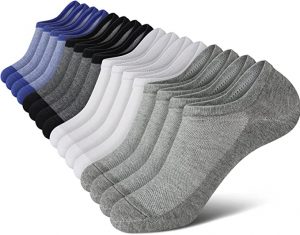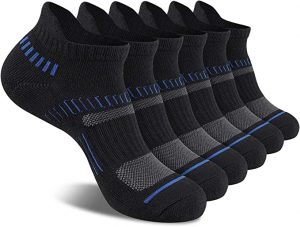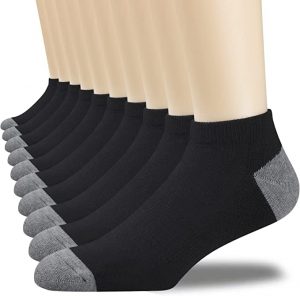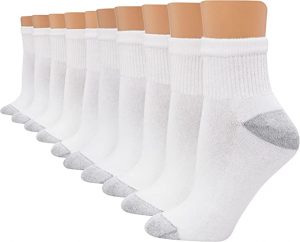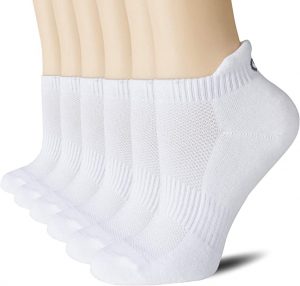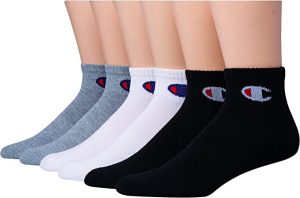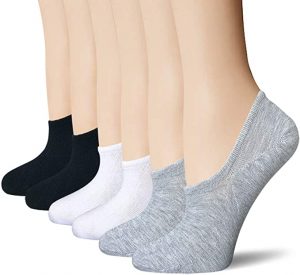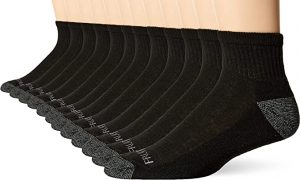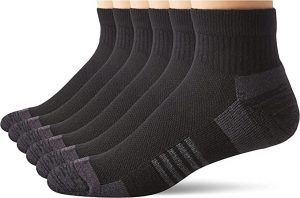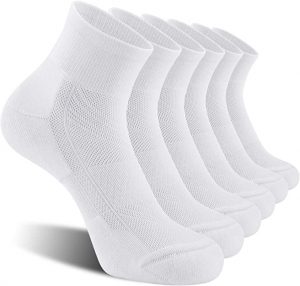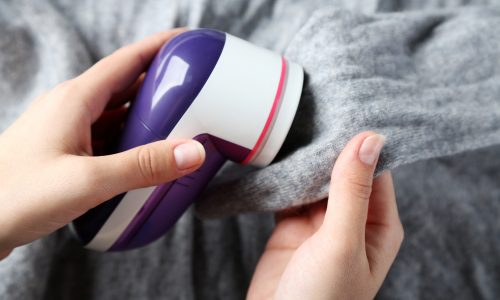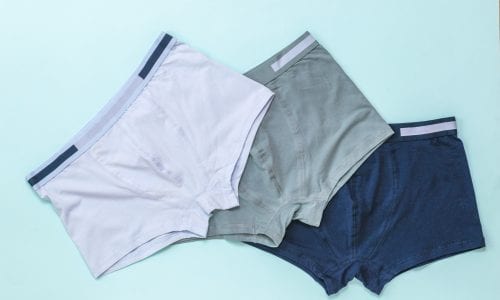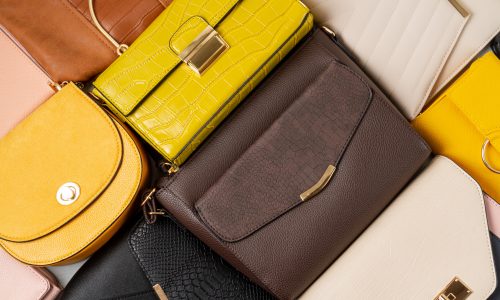The Best Ankle Socks
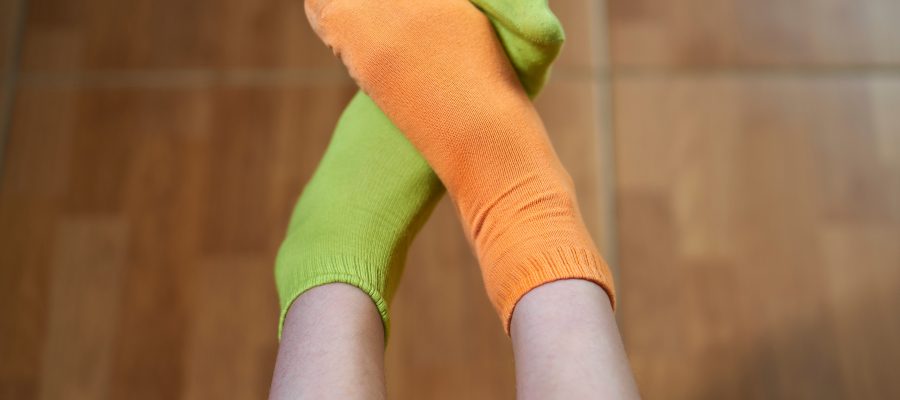
Our Review Process
Don't Waste Your Money is focused on helping you make the best purchasing decision. Our team of experts spends hundreds of hours analyzing, testing, and researching products so you don't have to. Learn more.
Our Picks For The Top Ankle Socks
- 1. Wernies Low Cut Men’s Ankle Socks, 8-Pairs
- 2. Cooplus Tab Cuff Men’s Ankle Socks, 6-Pairs
- 3. COOVAN Moisture Wicking Mens’ Ankle Socks, 10-Pairs
- 4. CS CELERSPORT Seamless Toe Unisex Ankle Socks, 6-Pairs
- 5. Hanes Reinforced Heel & Toe Women’s Ankle Socks, 10-Pairs
- 6. Champion Moisture Wicking Men’s Ankle Socks, 6-Pairs
- 7. BERING No Show Women’s Ankle Socks, 6-Pairs
- 8. Fruit of the Loom Odor Protection Men’s Ankle Socks, 12-Pairs
- 9. Amazon Essentials Arch Compression Men’s Ankle Socks, 6-Pairs
- 10. CS CELERSPORT Mesh Ventilation Men’s Ankle Socks, 6-Pairs
High-quality cotton mixed with spandex gives these ankle socks moisture-wicking capabilities while also keeping you comfortable throughout the day. The heels feature silicone grips to prevent them from slipping down, and you can choose from men's sizes between 6 and 13. You'll need to hand-wash these socks, so they will take a little extra care tha...
Wardrobe StaplesThese no-show socks are perfect to wear with your favorite pair of shoes without worrying about matching.
Available in multiple color options and sizes from S to XL, these socks are designed for the active person. Each sock features cushioning along the bottom of the foot, along with mesh zones for breathability, to keep you comfortable and dry even during the most strenuous activities. The cuffs are ribbed to hold the sock in place without constrictin...
Extra ComfyThese breathable socks cushion the foot without suppressing airflow to keep you comfortable.
The low cut of these socks let you wear them with your favorite pair of sneakers without worrying about them showing excessively. They're available in a variety of sizes and color options, each in a pack of 10. The polyester material helps wick moisture away from the foot to keep you dry.
Durable BuildA reinforced toe and heel will ensure this sock holds up even with everyday wear.
These socks feature a cotton-polyester blend with a little spandex built in for stretch. You'll get ten pairs of white socks with gray accents on the heel and toe. The material is thick enough to keep your feet warm, but the fabric is designed to wick moisture from your foot.
Cozy ClassicsThe stretchy, soft fabric and thicker material make this icon a great option for keeping your feet warm.
Buying Guide
Your feet likely spend most of the day inside socks and shoes, which can create a problem. Fungi thrive in dark, damp conditions and can even spread from one foot to another in communal showers. Eventually, fungal infections can spread to the toenails, where they can be tough to treat.
When a fungus develops on the foot or toes, it becomes a condition known as athlete’s foot. It can be treated using creams, with more serious cases requiring oral medication. The best way to prevent athlete’s foot is to keep your feet dry, letting plenty of air get to them.
Since most of us don’t have the luxury of keeping our feet uncovered all day, the socks and shoes you wear can play a role. Sandals and other types of open shoes are best for preventing athlete’s foot, but that’s not always possible. If you’re going to wear socks, remove them as soon as possible and let your feet air out. You can also try changing your socks throughout the day to avoid trapping your feet in moist conditions.
The right shoes and socks can also make a big difference. Choose footwear that promotes airflow, such as sneakers with mesh for ventilation or canvas shoes. Also consider changing your shoes throughout the day to let each pair completely air out. You can find socks that promote airflow, as well, with built-in ventilation. Cotton tends to not only be more breathable than polyester, but it absorbs moisture, helping keep your feet dry if they start sweating.
When looking for the best ankle socks, you’ll likely find that thicker material helps keep blisters at bay, particularly if you tend to walk, jog or run for exercise. But newer socks put the blister protection on the sections of your foot that need it most, including the ball of your foot and the heel, keeping the arch thinner and building in ventilation. This reduces both the impact on your foot and the friction between your skin and the shoe without sacrificing breathability.
What to Look For
- If you’re looking for a pair of socks you can wear with dressier shoes or boat shoes, you can find no-show socks that will do the trick. Make sure you choose one with silicone built into the heel that keeps the sock from slipping down as you wear them.
- Pay close attention to the care instructions on any pair of socks you’re considering. Some have to be washed by hand, which means you won’t be able to toss them in the wash with the rest of your laundry or they could be ruined.
- Look for a sock that promotes airflow, especially if you’ll be wearing it to the gym. If you’re looking for an option to wear in the wintertime to keep your feet warm around the house, you can go a little thicker, but pay close attention to whether your feet are sweating and take them off if moisture starts to accumulate.
- The heel and toe of the sock often wear out before the rest of the sock. Quality socks use reinforced stitching to keep your socks going longer in those spots.
- Polyester and cotton are popular materials for socks, and sometimes you’ll find a combination of both in a pair of socks. Many build in a little spandex to give you the stretch you need to keep you comfortable.
- Pay close attention to the shoes you typically wear. They can make a big difference in the type of socks you choose. You might find a thicker material isn’t as comfortable with your dressier shoes, while that’s exactly the type of material you want when you’re wearing your sneakers.
More to Explore
Socks have been around throughout history, going back to versions made from animal pelts and skins during the Stone Age. But by Ancient Egypt, clothing manufacturing had advanced, thanks in part to wool. A sock was discovered in Egypt in the early 1900s that offered plenty of clues into how colors were introduced to clothing of the time.
After studying the yarn in the sock, researchers discovered that there were seven hues in the sock. They comprised a striped pattern that was still clearly visible. The dyes were created from madder roots, woad leaves and weld flowers to make shades of red, blue and yellow, respectively. The various shades of each color were created during weaving. Sometimes fibers of different colors were spun together to change the shade, while other times, yarns were put through multiple dye baths to create the desired look.

